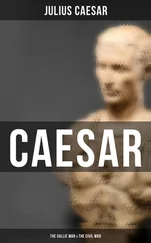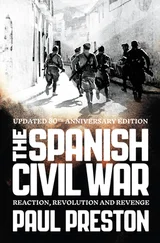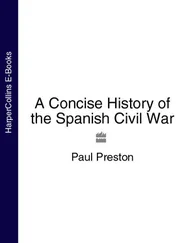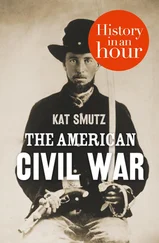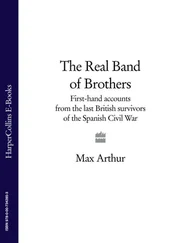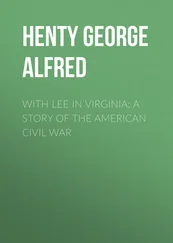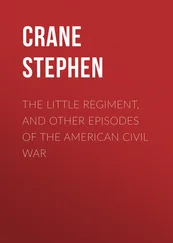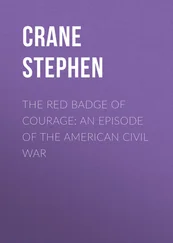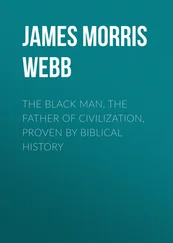Even before the war, London had outgrown law and order – the king’s palace at Whitehall, like some manor surrounded by new estates, was now at the heart of a troublespot. The Middlesex suburbs contained a high proportion of the disorderly poor – to the north and west, as well as to the east. The large number of apprentices and other migrants – young, poor, male and single – meant that turbulence within the city was endemic; the rallying cry ‘prentices and clubs’ symbolizes that threat. London was huge. It was constantly growing. And it was noisy: its streets resounded with pealing bells, the cries of street traders, the songs of buskers, the news cries of ballad-singers. Some traders made sure they were noticed with bells, horns and clappers. Every time you sat down in a tavern a fiddler and a flautist or two would appear, and expect to be given a fee for cacophonous playing. Alehouses were noisy. But almost all houses in London except the very grandest were right on the street. The clatter of carts, and of water-carriers on cobbles was almost constant. Dogs barked and howled. There were more and noisier birds: rooks and jackdaws were once common in the city. And London talked; from the upper storeys Londoners could eavesdrop on neighbours or shout abuse at them.
It wasn’t just the noise of London that a countryman might have found surprising. London was also smelly. If we could travel back in time and sniff the London air, we would be suffocated not by the smell of sewage, but the pervasive acrid reek of coal fires. As the seventeenth century progressed, industry moved into the East End and Southwark, and the smells it produced lessened. When slaughterhouses were moved out in the 1620s and 1630s, the city lost the noise and mess of pigs, cows and sheep driven through the centre. There was also less noise from smithies, tanneries and the like, but the shouts of those advertising bear-baiting and prize-fights went on. So did town-criers, shouting the time, the news, the dead, the ‘For Sale’ notices. The noise did have a term: there was a curfew, and the nights were much quieter.
In the period of personal rule, Charles had relied on the London money market as well as on his subjects for forced loans, and in the crisis of 1640, when the royal forces’ defeat in war coincided with a widespread refusal to pay outstanding taxation, the City’s financiers declined to continue to support the regime. Some rich men were ruined in Charles’s fall, which may have made the others less keen to bail him out. Once the Scots were seen successfully to resist the king, some of the discontent that had been bubbling beneath the surface in London, repressed by Laud, became visible. After all, in 1637 John Lilburne had been whipped at the cart’s tail for publishing an attack on the bishops, and in the ‘liberties’ outside the jurisdiction of the City, there were separated congregations, church groups that had declared their independence of bishops and priests. Cheaper, open-air theatres staged plays openly critical of the court.
The intermittent swirls of London’s rage finally eddied into a new whirlwind of riot over the appointment of a Lieutenant of the Tower. On Monday 27 December 1641, Londoners marched to Westminster, demanding to know what had happened about their Commons petition. Were they to be landed with Charles’s unpopular and corrupt appointee Colonel Lunsford as Lieutenant of the Tower? When they heard that he had been removed, they did not go away, but hung about asking what had happened to their petitions on ecclesiastical matters. They made a lane in both Palace yards, ‘and no man could pass but when the rabble gave him leave to . . . Soon they set up the cry of “No Bishops! No Bishops!”’ There was an undignified tussle between the Archbishop of York and a boy whom he unwisely tried to arrest. A near-riot began when Lunsford himself appeared in Westminster Hall, and he and other citizens tried to drive away the angry protesters with swords: ‘then David Hyde began to bustle, and said he would cut the throats of those roundheaded dogs’. With that, Hyde, Lunsford and some others attacked the protesters, ‘and cut many of them very sore’. They were driven back by a hail of hurled stones. Then came the indefatigable John Lilburne, with ‘about a hundred citizens, some with cudgels, some sailors with truncheons, and the rest with stones’. Under the assault, half the gentlemen fled. The rest fought on, but were finally routed by citizens who fought ‘like enraged lions’.
On 28 January 1642 Captain Philip Skippon ‘marched very privately when it was dark to the backside of the Tower, and stayed at the iron gate with his men … he sent one into the Tower to the serjeant, who commanded the Hamleters, that he should march out of the Tower with his men and come to him. But the serjeant desired to be excused.’ Skippon, snubbingly described by Clarendon as a ‘common soldier’, was actually the son of a minor Norfolk gentleman, who had fought as an officer for the Elector Palatine and then in Holland against the Spanish – two Good Old Protestant wars, giving him plenty of practice for a third. His toughness as a trainer of troops was vital in moulding the London trained bands into the crucial fighting force they became, and he was to become one of Parliament’s most stalwart and sensible soldiers, a major-general of infantry in the New Model Army.
When Nehemiah Wallington described the serjeant’s refusal to obey Skippon’s order as a plot by ‘malignants’ to take over the Tower and the City, he saw such incidents as standing in the way of the political and spiritual rebirth of the nation: ‘you see many an excellent blessing and mercy in this very birth’, he wrote, ‘for this honourable parliament (as the Mother) to bring forth, and cannot’. This defined all the conflicts so far as an effort to turn England into a godly nation.
The king’s departure left Parliament free to begin to gather troops from Anna Trapnel’s East End. A militia committee was established in Tower Hamlets – authorized to assemble and train men and to suppress riot and trouble, and to collect a rate to finance the troops. The Tower Hamlets militia were strongly Parliamentarian, refusing to unite with city regiments whose loyalty to Parliament they suspected. (In 1662 Charles II refused to attend a muster on Tuttle Fields because of a rumour that the Hamleters would shoot at him.) So it came to seem appropriate that at any rate by February 1642, the Tower had come into the hands of the city authorities, its ramparts guarded not by royal troops but by the trained bands of the East End that Charles so hated, the Tower Hamlet bands. Anna Trapnel’s world had triumphed, in London, at least.
London was not the only place with unruly crowds. Many other areas saw violence erupt. In the early months of 1642, some rebellious energies were contained by traditional means. The majority of locales drew up and presented petitions to Parliament, opening with fulsome praise of the institution. Many expressed concern about the king’s evil councillors, by whom they largely meant Laudians and papists. Still others blamed the universities as nests of papistical and Arminian thought. Most expressed dread of a popish invasion; nineteen counties demanded that all papists be disarmed, while others expressed doubts about strict measures already taken. Oxfordshire begged Parliament to administer oaths to those searching recusant houses for arms to prevent them from concealing what they found. But fear of popery also provoked extreme violence. On 13 May 1642, a year after the London crowd had been gratified by Strafford’s death, an Essex village saw a crowd of over a hundred gathered at the blowing of a horn, before marching out to the heath of Rovers Tye, where they tore down a series of enclosures that had been built by the Lucas family. All through Essex, Parliamentarians had rushed to fill the army of Robert Rich, first Earl of Warwick, known as a political activist and as a patron of sermons fervently denouncing popery, just as they had stayed away from the king’s army gathered to fight the Scots two years before. Local Roman Catholics were disarmed, and fortifications built around Colchester. Laudian ministers were quickly silenced. But local magnate Sir John Lucas was determined to bring aid to the king. He gathered horse, arms and men at his residence just outside Colchester’s walls. But his plans were known to his enemies. A night-watch set by the mayor spotted him as he left his house by the back gate. A musket was fired, the local beacon was lit to alert the villages. The trained bands and the Parliamentary volunteers besieged his estate, even bringing two pieces of ordnance. Men, women and children gathered, forming a crowd of around two thousand all told. The attack on Sir John Lucas’s house included an assault on the ladies’ chamber. There, tireless collector (and inventor) of atrocity stories Bruno Ryves tells us, a naked sword was set to Sir John’s wife’s breast. To Clarendon’s later horror at the disregard of rank implied, Lucas ended up in the town gaol, and he was glad enough to be there.
Читать дальше



